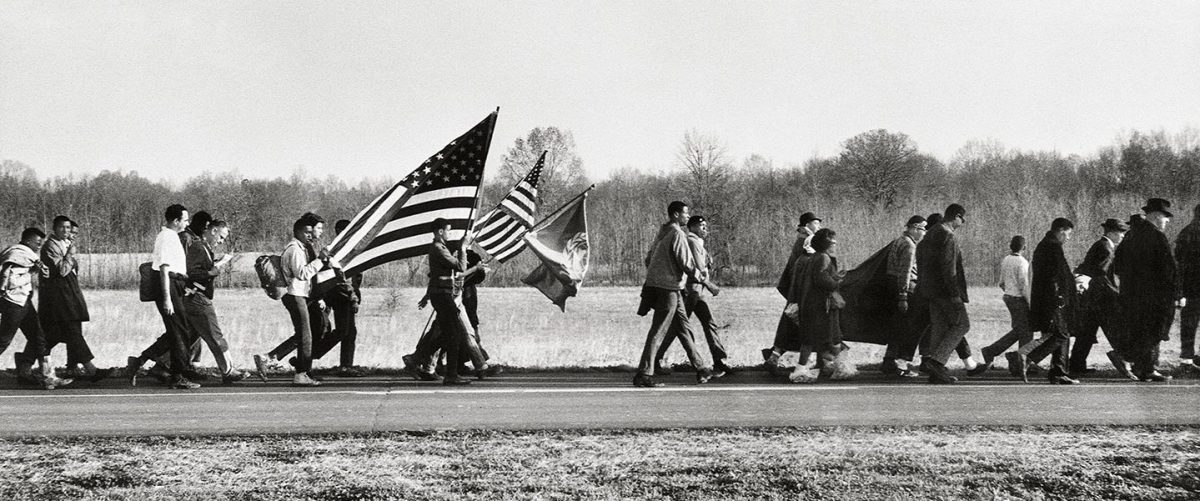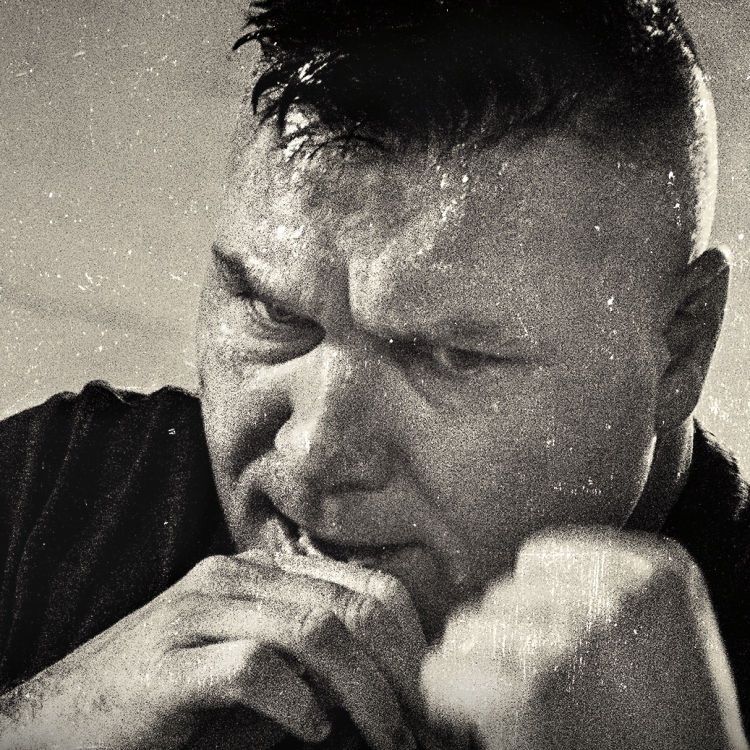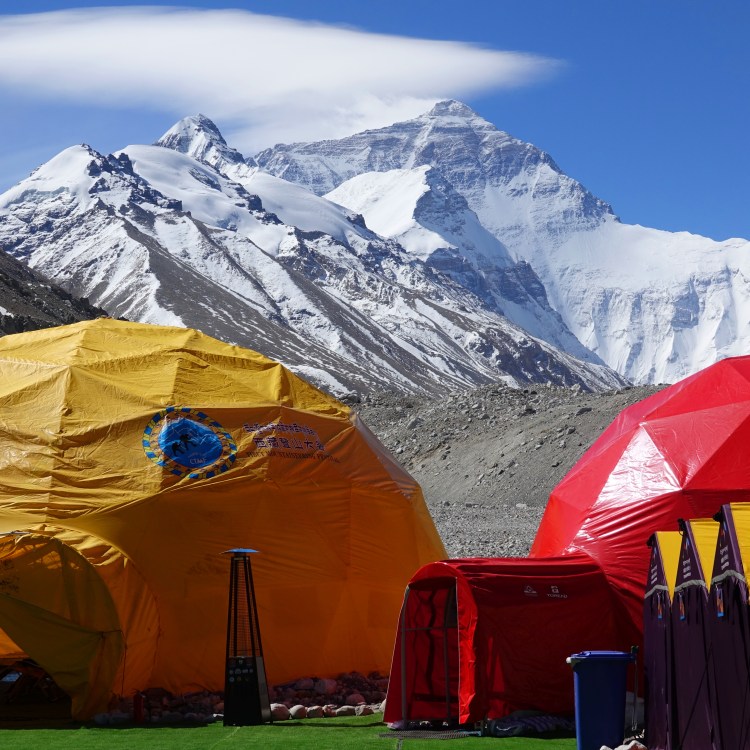To anyone who thinks history books are dry and boring, take a look at the photos in this stunning new Taschen edition of James Baldwin’s The Fire Next Time.
The poignant images capture firsthand the black experience in 1960s America. In fact, Baldwin’s classic 1963 book is often considered one of the most powerful examinations of race relation to come out of the era.
The chronicle begins amid the chaos of segregation and legalized assaults, intertwined with themes of love and strength in a community. During the Civil Rights movement, Steve Schapiro and Baldwin traveled the South for Life magazine.
The new letterpress edition boasts 100 unpublished photographs from Schapiro and is only available in a limited run of 1,963 copies—in honor of the year the book was first published.
The images include both iconic figures, such as Martin Luther King Jr. and United States Representative John Lewis, who also wrote the introduction, along with historic events, such as the march in Selma. The book also includes a written essay by Gloria Baldwin Karefa-Smart and caption by Marcia Davis, of The Washington Post.
For more on the Taschen edition of The Fire Next Time see the publisher’s website.
See the photos below.

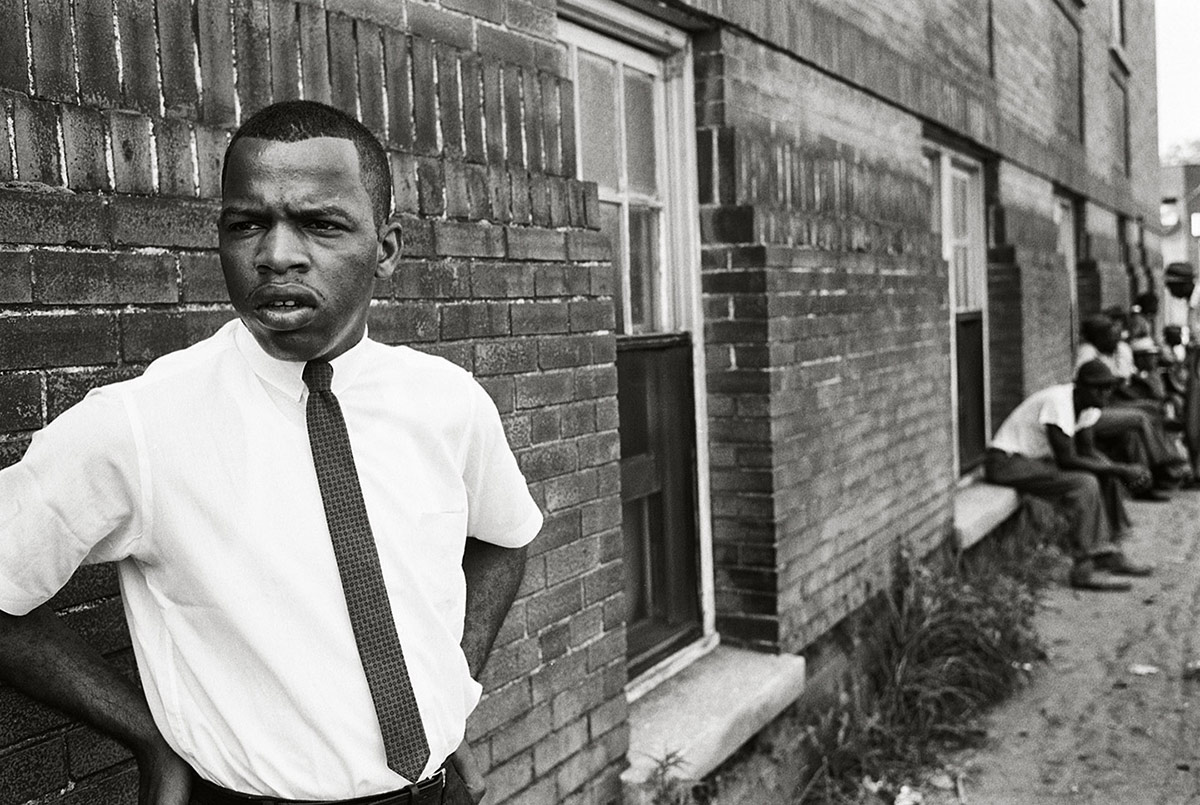
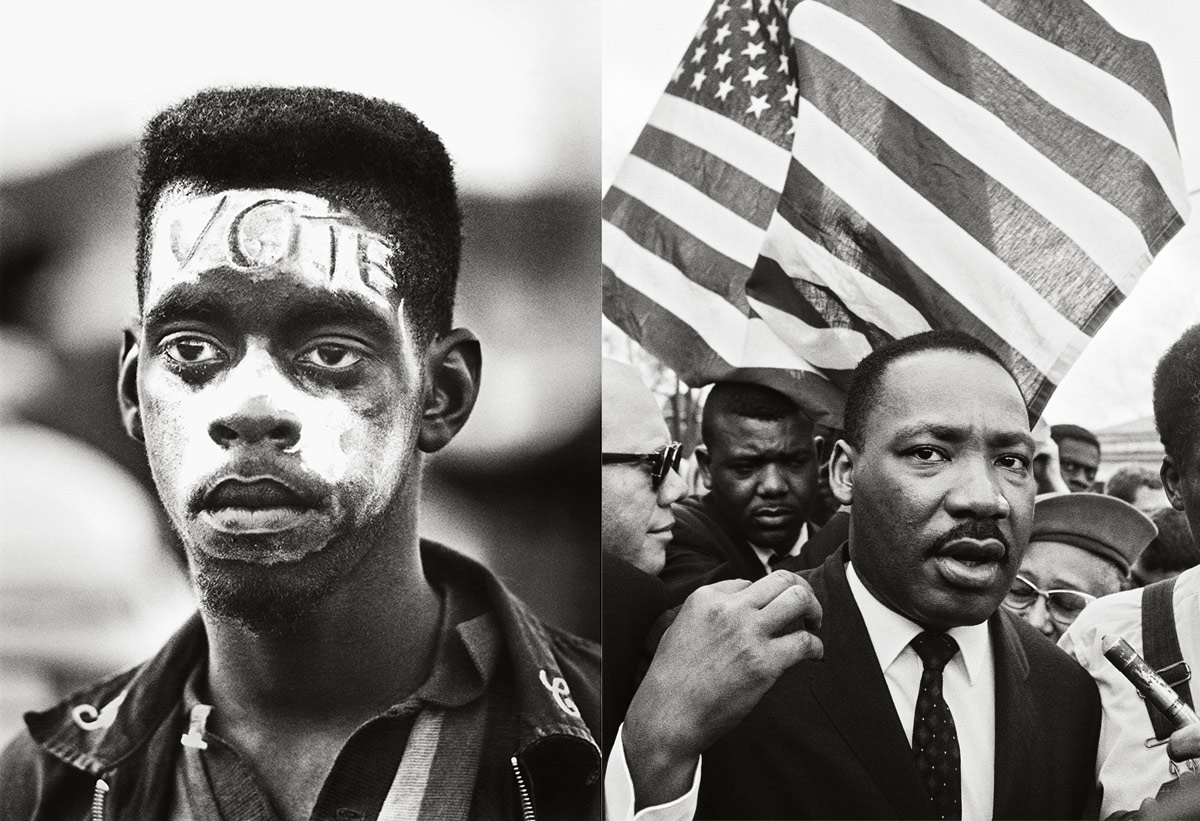
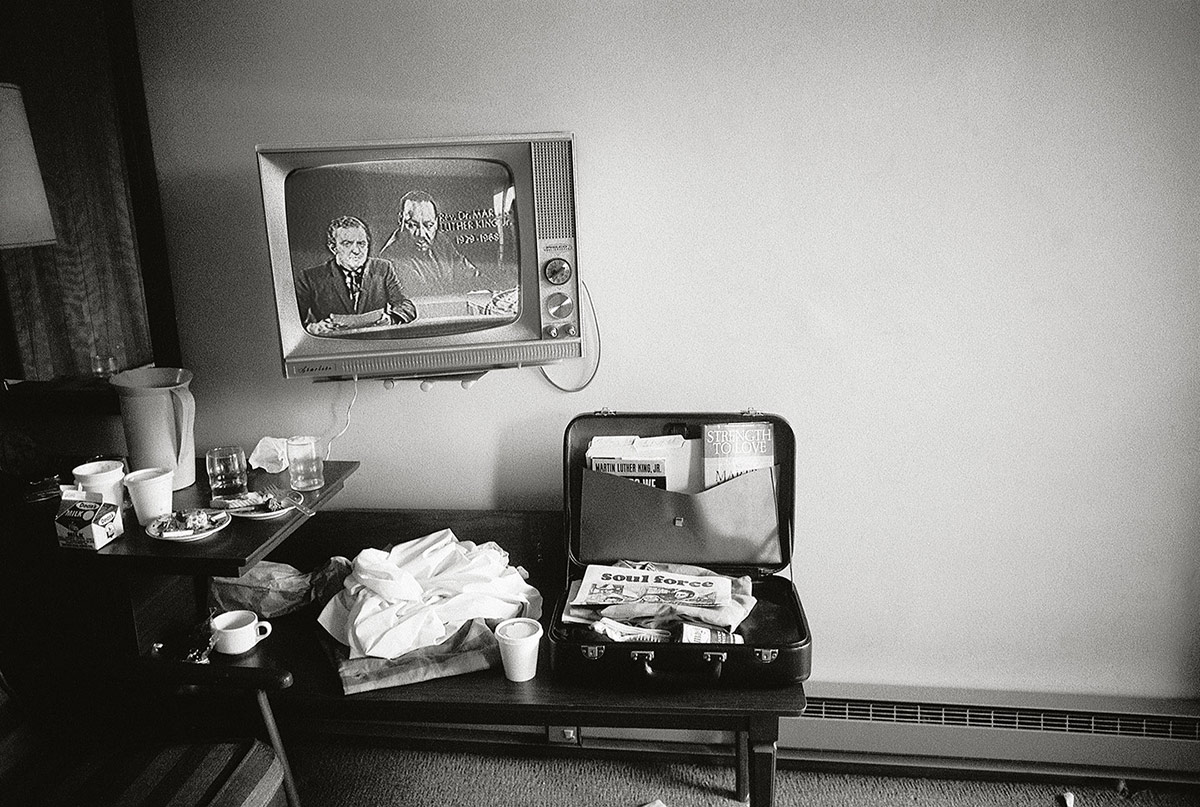
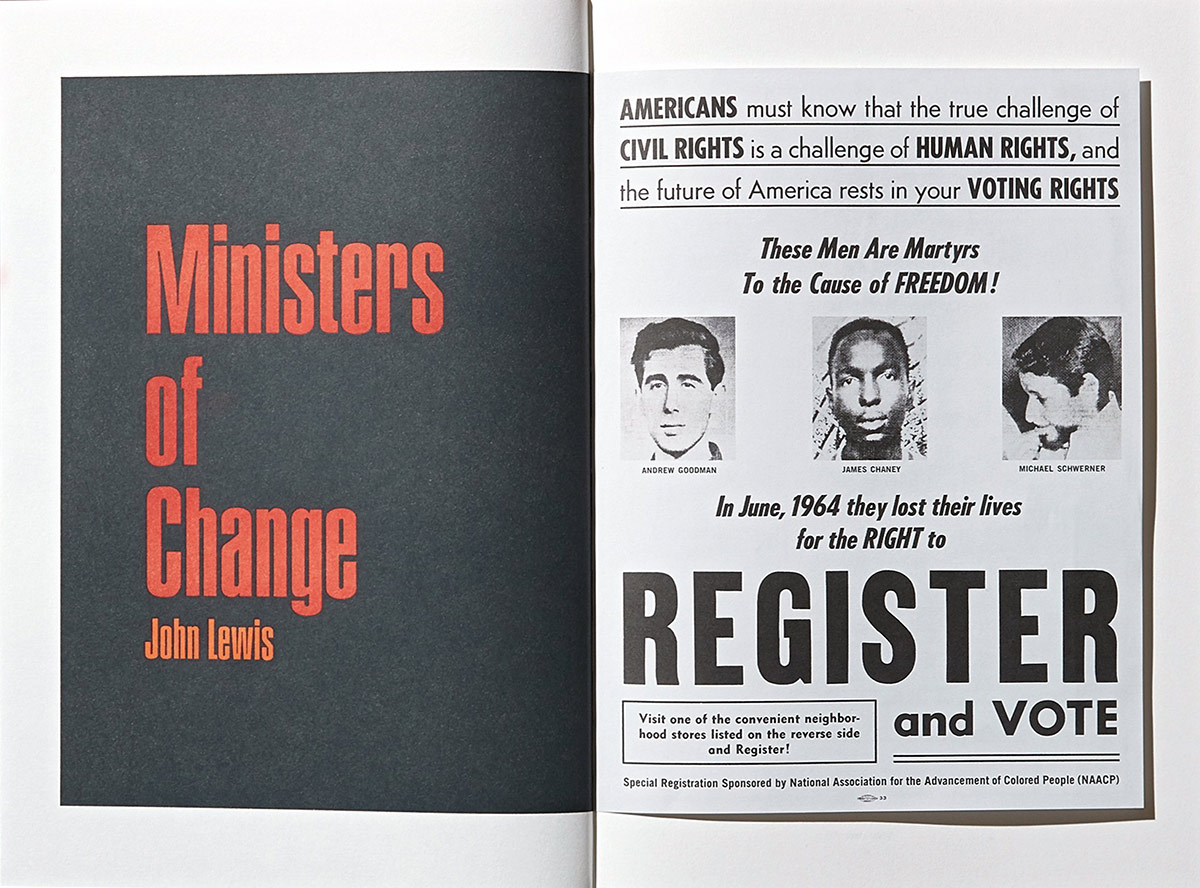
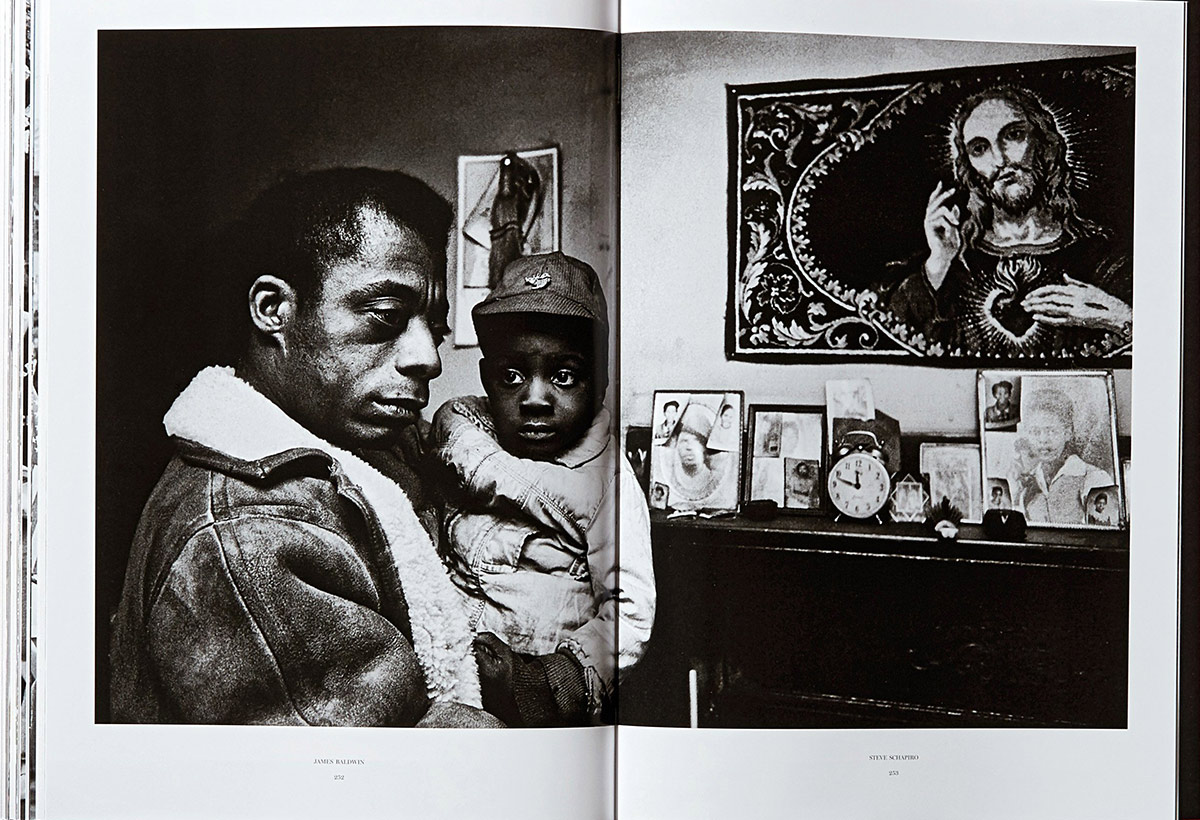
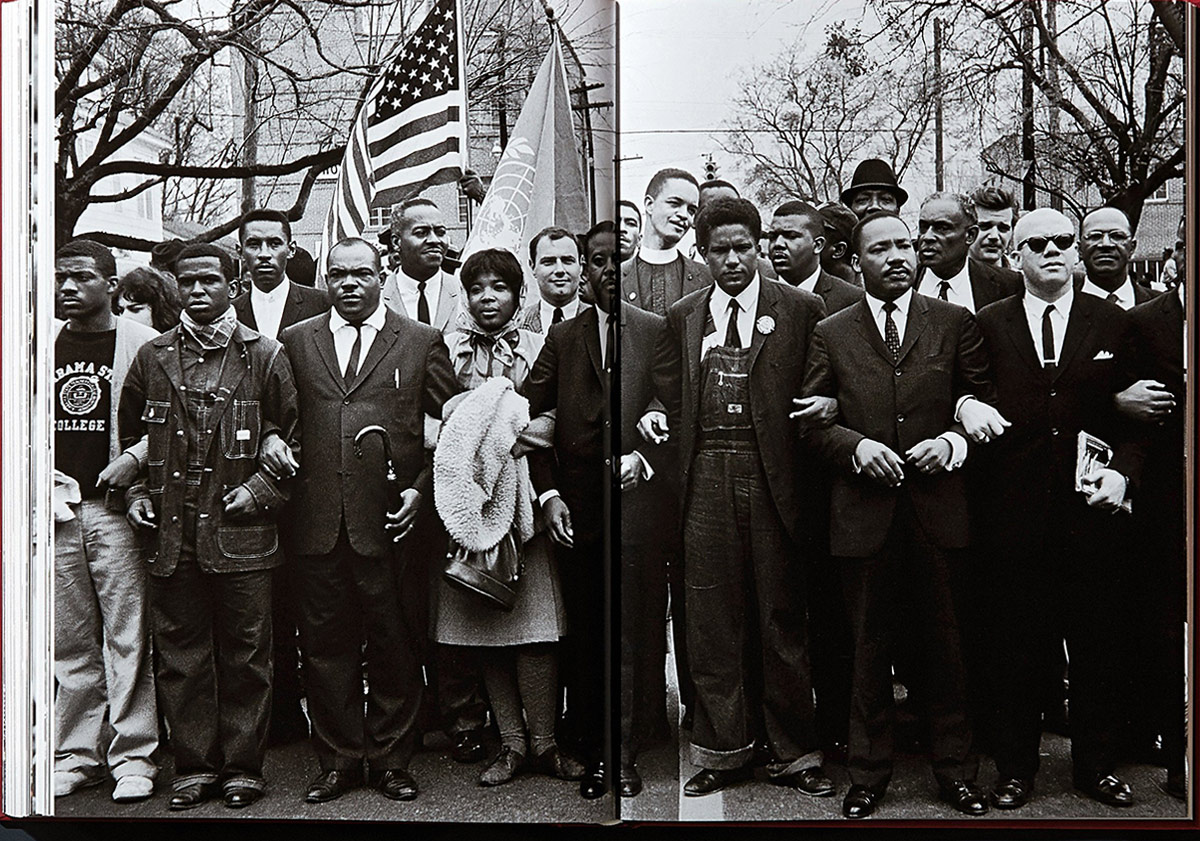

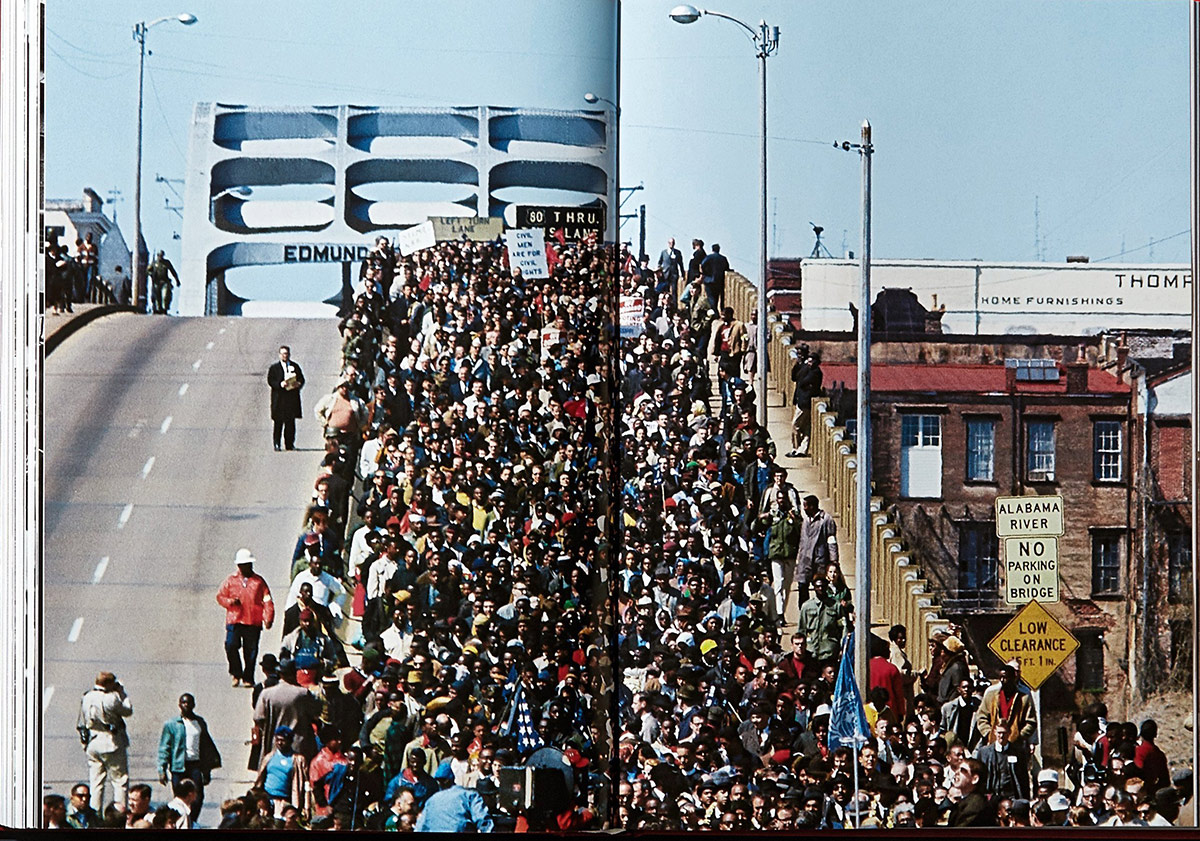
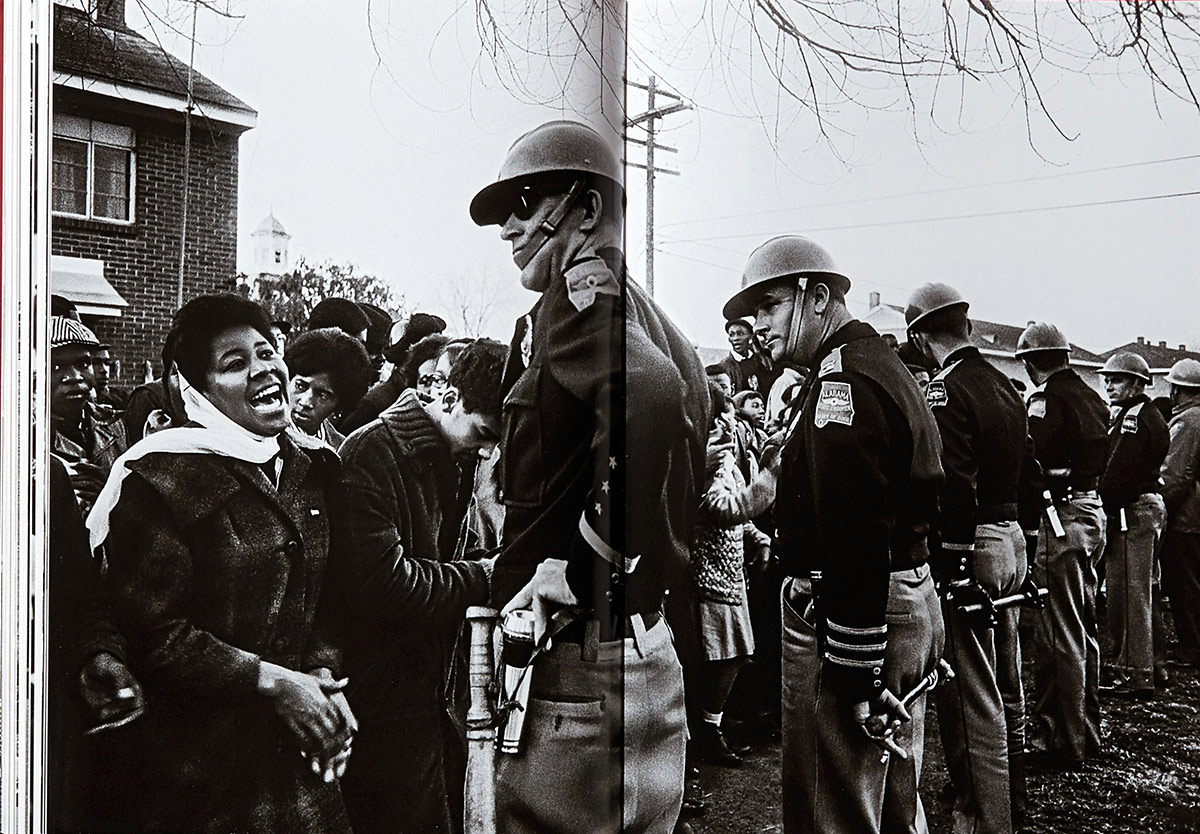
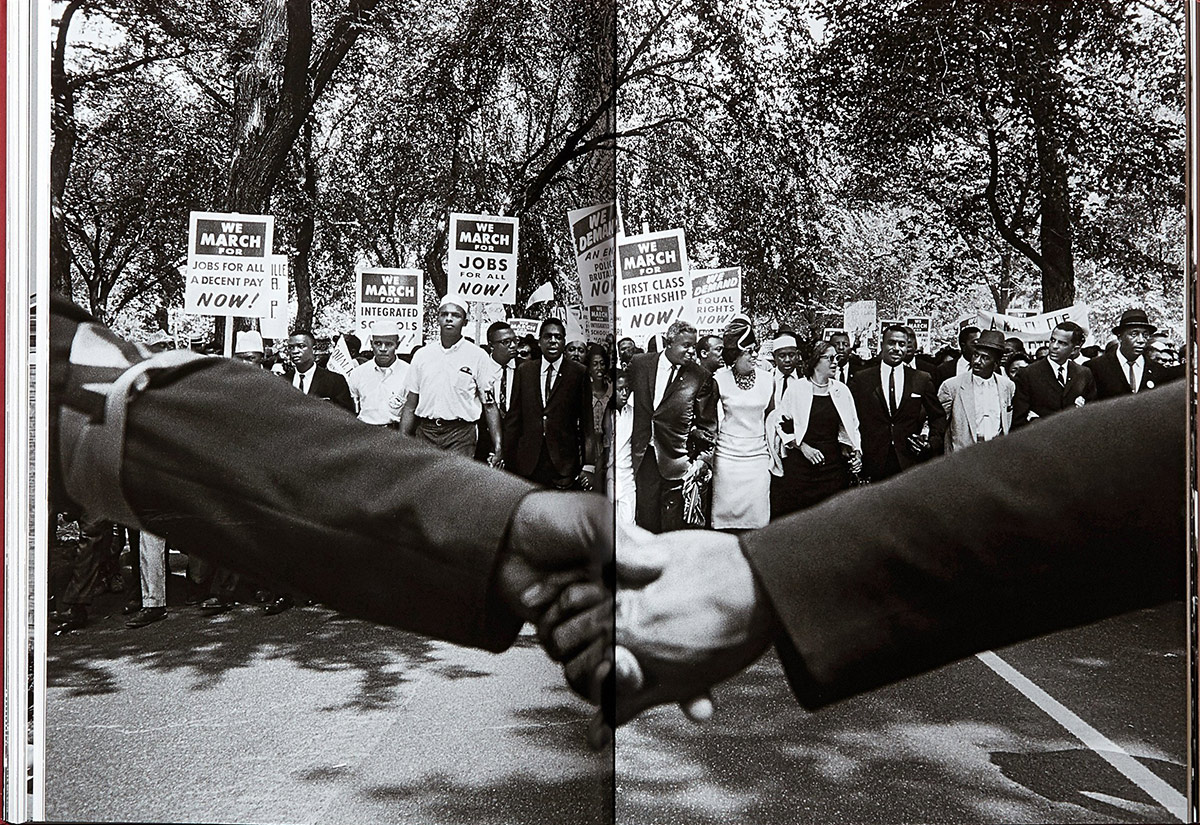
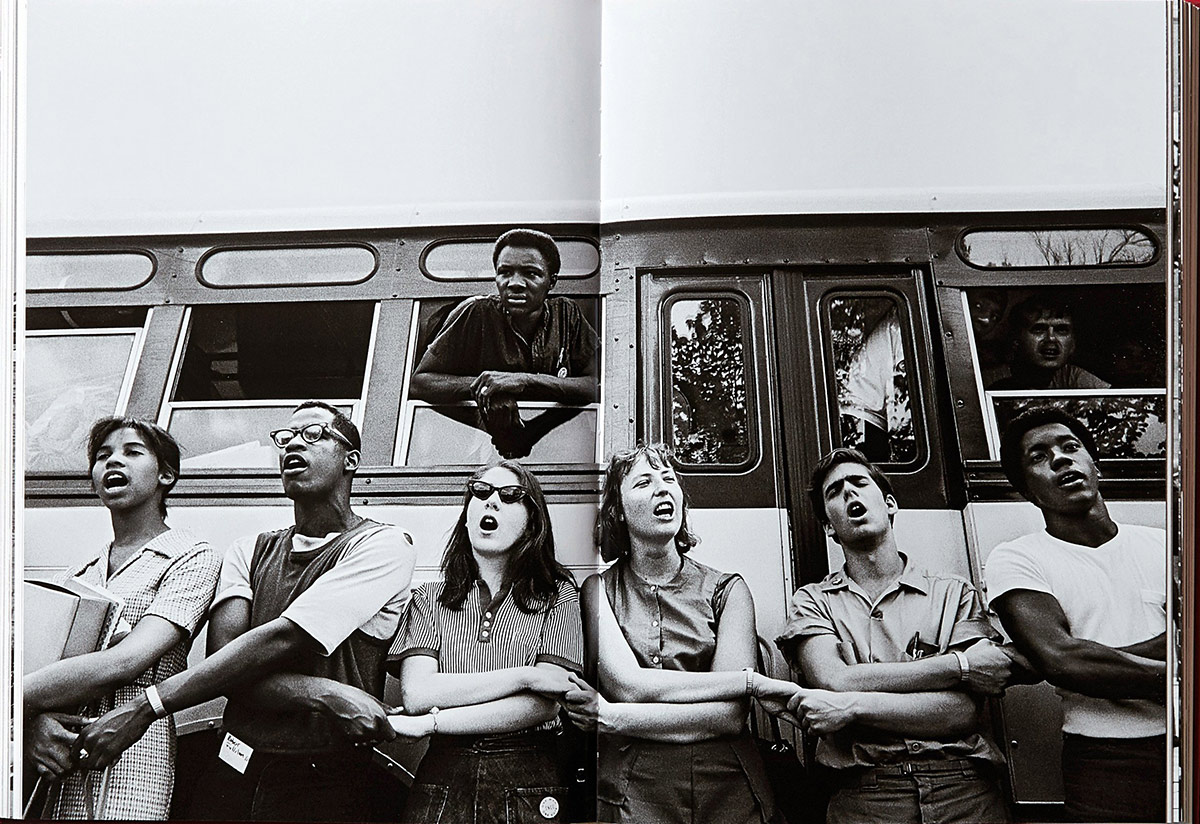
This article was featured in the InsideHook newsletter. Sign up now.
